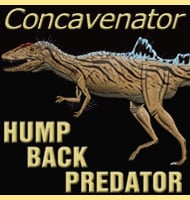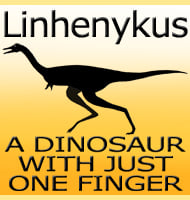Jabalisaurus
In Depth Jabalisaurus is a genus of ophthalmosaurid ichthyosaur that lived during the late Jurassic. Further reading - A new ophthalmosaurid (Ichthyosauria) from the Upper Kimmeridgian deposits of the La Casita Formation, near G�mez Far�as, Coahuila, northern Mexico. Journal of South American Earth Sciences. 111: 103499. - Jair Israel Barrientos-Lara & Jes�s Alvarado-Ortega - 2021.

